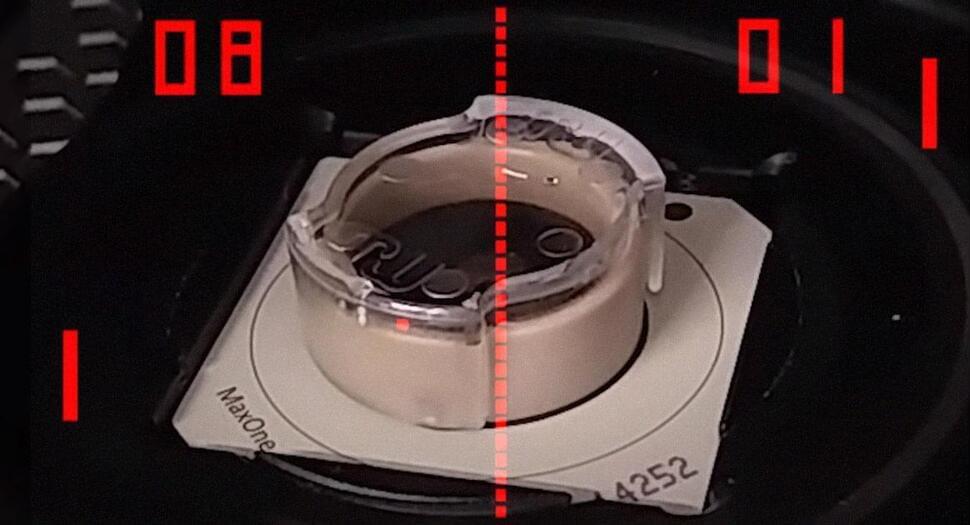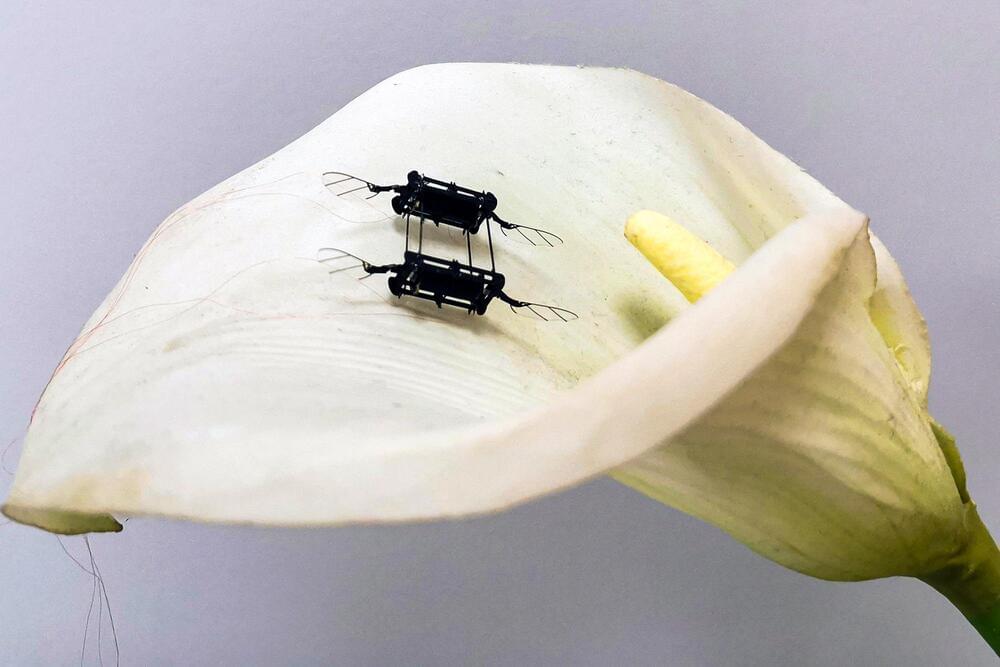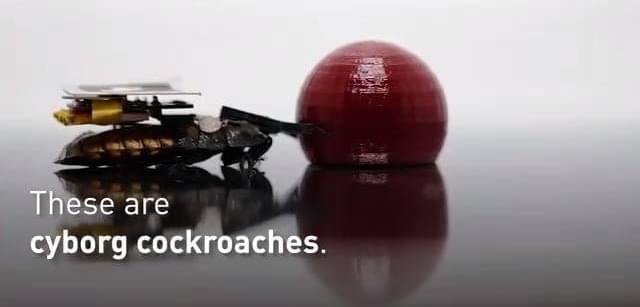https://youtube.com/watch?v=FzvvIlMySmQ&feature=share
✅ Instagram: https://www.instagram.com/pro_robots.
You are on the PRO Robots channel and in this form we present you the high-tech news. Flying humanoids, aerotaxi from the mayonnaise manufacturer Sloboda, Neuralink chip testing on people, new smart augmented reality glasses, nimble robots, new robots and other most interesting news from the world of technology in one release!
0:00 In this video.
0:25 A prototype of an unmanned air cab from the Sloboda brand.
1:29 Neuralink hopes to get approval for its brain chips soon.
1:55 Paris cab operator G7 has suspended Tesla Model 3 rides.
2:20 Hyundai has announced a robot with a great vestibular system.
3:16 Sony also unveiled a variant of the robot car.
3:51 American startup Stoke Space.
4:31 FarmHand robot arm.
5:25 An electroplane with bird legs and a tilting cockpit.
6:17 A competition, to teach any robot the stupidest, most inefficient, or weirdest gait.
6:47 The iRonCub research platform.
7:39 Air Glass augmented reality glasses.
8:45 Huawei to introduce its smart glasses with interchangeable lenses and Smart Glass speakers built into the temples.
9:06 Ray-Ban Stories smart glasses.
9:35 Swiss startup Ascento Robotics.
10:20 U.S. military has developed special software to predict China’s response.
10:48 Car thieves started using Apple’s AirTag.
11:11 Cray X carbon fiber exoskeleton.
11:54 Returning samples from Mars.
12:28 China’s first manned mission to the moon.
13:08 The U.S. Federal Trade Commission has filed a case against Mark Zuckerberg’s company Meta.
14:02 Happy New Year.
#prorobots #robots #robot #future technologies #robotics.
More interesting and useful content:
✅ Elon Musk Innovation https://www.youtube.com/playlist?list=PLcyYMmVvkTuQ-8LO6CwGWbSCpWI2jJqCQ
✅Future Technologies Reviews https://www.youtube.com/playlist?list=PLcyYMmVvkTuTgL98RdT8-z-9a2CGeoBQF
✅ Technology news.
https://www.facebook.com/PRO.Robots.Info.
#prorobots #technology #roboticsnews.


